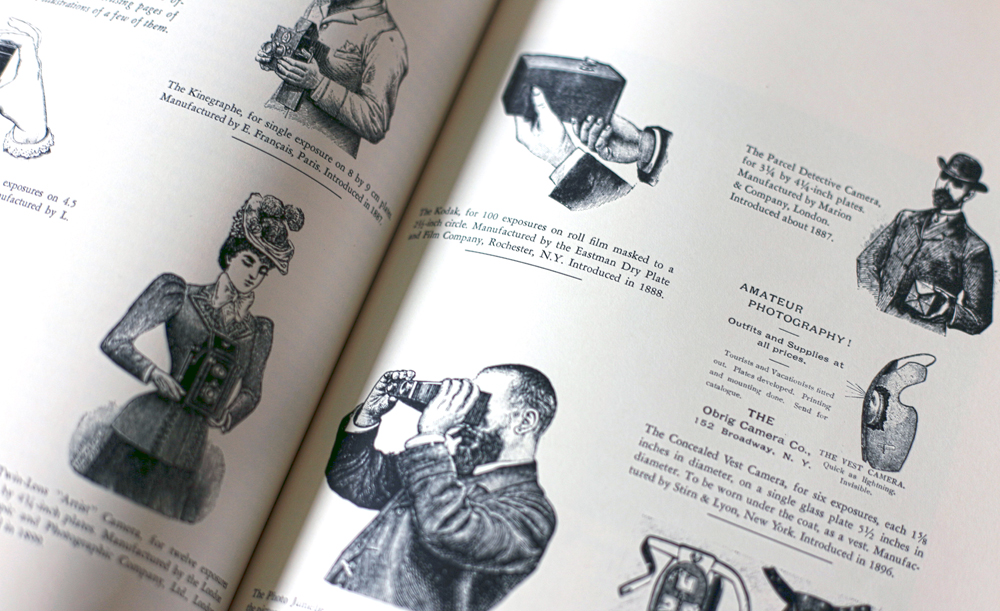
Photography As A Commodity: How Photography Is Attracting Investors
Whether you’re a buyer or a seller, it is becoming more and more apparent that photography is establishing itself as a serious contender in the art market.
This article was written for publication in February 2018.
In 2017 Man Ray’s Noire et Blanche (1926), sold for over €2 million (Christie’s, Paris), becoming a world record for the artist and the most expensive photograph ever sold at auction in France.
This came in the same year that Da Vinci’s Salvator Mundi became the most expensive painting ever sold at auction for a stratospheric $450 million. The contrast between the hammer prices of paintings and photographs is stark. The most expensive photograph sold at auction is worth 0.89% of the most expensive painting. But for a relatively new art form, photography is actually performing better than could have been expected. The first auction of a photograph took place in London in 1854, long before selfie sticks and viral memes made photography the communication du jour. Over the last two decades, photography has made its presence felt at auction. The first photograph to surpass $1 million at auction came this side of the millennium with Richard Prince’s cowboy print (Christie’s, 2005), selling for $1,248,000. Less than ten years later a different edition of the same image sold for over $3 million (Sotheby’s, 2014), while his Spiritual America became the second most expensive photograph ever sold at auction for $3.9 million (Christie’s, 2014).
At the turn of the century it was easily identified that investors in photography wanted early black and white prints from the famous and long dead masters of the art, such as Gustave Le Gray whose Albumen print of The Great Wave, captured in 1857, sold at Sotheby’s for $838,000 in 1999, and was eclipsed four years later by Joseph Philibert Girault de Prangey’s Daguerreotype 113 Athenes, Temple de Jupiter (1842), which sold at Christie’s for $922,488. However, a decade later, colourful works from living artists quickly gained popularity, from Cindy Sherman to Gilbert & George. Fast forward to the present day and it seems that sales of contemporary works are rising in prevalence, such as a Wolfgang Tillmans who achieved an artist record for his Freischwinner 84 print, shot in 2004 and sold for $744,063 at Phillips, London, in 2017. Even the most expensive photograph ever sold at auction, Rhine II, is by a contemporary artist: Andreas Gursky, whose 1999 photograph combines analogue photography with digital post-production. Rhine II sold at Christie’s New York for over $4 million in 2011. In fact, the top ten most expensive photographs sold at auction are predominately by living artists, and last year saw contemporary photography make up a quarter of the market share.
Interest in photography as a smart investment continues to grow year on year. The New York, London and Paris auction houses of Sotheby’s, Christie’s and Phillips saw a sales total of $48,679,881 last year – a significant increase on the year before, and the highest sales total since 2014. World records for images and artists continue to be broken at almost every auction.
Phillips’ October Photographs auctions realised a sales total of $6.4 million with ten new auction records set for artists including Sebastiao Salgado, David Goldblatt and Christian Marclay, as well as various prints selling for two to ten-times their initial estimates. “The strong results from our October Photographs auctions underscore the continued strength of the market. We saw participation from all corners of the globe, with bidders from 28 different countries taking part,” explained Vanessa Hallett, Deputy Chairman of the Americas and Worldwide Head of Photographs at Phillips. Advisors and asset managers, such as the private bank Coutts, who recently claimed that photography has become the latest trend in investment for the rich, also echo this sentiment. This comes after reports of a 40% slump in Old Masters, while the exuberant prices for Contemporary Art have been pricing out most investors. Photography, meanwhile, has comparatively low prices, with an increasingly promising future, and has the added cache of being more relatable and understandable to wealthy clients who are not art-literate, thanks to its ‘real’ quality.
It could take decades and a huge amount of luck for photographers themselves to find their work in a bidding war at auction, practitioners may, however, be able to use their knowledge of the field to their own financial benefit. As well as other factors, including provenance and the artist’s reputation, auctioneers stress the importance of uniqueness when appraising art, and those who are knowledgeable or experienced in various photographic processes may have an advantage in assessing these qualities over, perhaps, wealthier but less experienced investors.
Sotheby’s recommend investors consider the quality and processes used when buying a print “Are they especially unusual or rare?” they ask in their investment guide. The more unique and specialist the process is, the more desirable the print becomes to investors, and this method is reflected in the most expensive photographs sold at auction, from the Gum Bichromate method used in Edward Steichen’s The Pond – Moonlight, which sold for $2.9 million (Sotheby’s, 2006), to the tintype portrait of Billy the Kid, which sold for $2.3 million (2011).
Whether you’re a buyer or a seller, it is becoming more and more apparent that photography is establishing itself as a serious contender in the art market, and with two online auctions from Christie’s already bringing in a combined total of $617,125 in the first month of this year, it is clear that interest doesn’t appear to be diminishing anytime soon.